Emiel van der Pol, Art historian
THE URGE TO PRESERVE
The most 'recent' body of work (2015) by Dutch artist Petra Hart touches upon a curious keystone of the human character: the urge to preserve. This urge manifests itself in various aspects of existence, ranging from the preservation of food for the winter to trying to maintain cultures, traditions and national heritage. By preserving precious objects we try to convey the ideas they represent to future generations. Furthermore, the value of most things increases as they become older and increasingly rare. The practice of preserving does however carry a continuous paradox within itself: when one starts with the preservation of an object the context of this object is changed irrevocably. Grandpa's watch changes from a practical hour piece to a keepsake over the course of every successive generation. The object is no longer valued for its practical use, but rather for the subjective experiences it can evoke. Preserving treasures of nature is an attempt to preserve an experience of nature in a contemporary fashion.
EVERYTHING TANGIBLE IS SUBJECT TO ENTROPY
No man can withstand the ravages of time. Everything tangible is subject to entropy. This term, coined by the Prussian physicist Rudolf Clausius in the 19th century, describes the tendency of all matter to return to its most basal moleculair state when given enough time. Man has made a herculean effort to rearrange all this dust as it sees fit. Glass, brick and pigments are exemplary for the wondrous inventiveness of man in their use of the moleculair wealth of the earth. For Petra Hart these pigments are a first step to a better understanding of our relation to nature. Pure color is distilled from minerals and plants, but the exoskeleton of a mite or bug might also end up as a vibrant powder on a painter's palette.
THE AGE OF THINGS
Existence as viewed through this lens seems to resemble the perpetual rebuilding of sandcastles on a spot on the shore where the waves will irrevocably wash them away again. Perhaps this is why the West values history and the age of things so highly. This sandcastle still stands, even when the waves of time continuously crash into its pillars. Ideas of authenticity and the ‚real' content are formed by a western concept of history standing in stark contrast to certain aspects of Asian culture. Authenticity and its aura are of prime importance for Western art history. Furthermore, the idea of 'the real' plays a pivotal part in describing national identity and culture. Where in Western culture the object can often be seen as the nucleus, the origin of an idea, in other cultures the same object is merely a representation of a set of ideas which will never have a concise physical presence. In Thai temples ancient sculptures are not preserved but rather simply replaced when they are no longer functional as a representation or effigy. They are dressed in new, vibrantly colored robes every day. Another example would be the practice of traditional Japanese crafts, in which the highest goal as a student is not to surpass your master but rather to exactly replicate his or her acts. In these examples the preservation of a physical object is seen as inferior to the preservation of (perhaps slightly less entropic) ideas and metaphysical values. Petra Hart is looking for the midway, for a method that will let her preserve both the physical and metaphysical essence of her subject.
SIGHT, TOUCH AND TASTE ARE ALL STIMULATED
Ironically, the west has very little authentic wilderness left despite its strong urge to preserve the past. Nearly all natural beauty found on the continent is now man made. The mere presence of man seems to be a catalyst for the entropic decay of what little nature we have left. So what does it mean to want to preserve 'treasures of nature'? This project is not a terrarium or zoo, it is not an attempt to capture an idea of wilderness out of the fear of it disappearing completely. Rather, these works can be seen als capsules of art containing intimate, personal experiences of nature in all its forms. Petra Hart experienced her childhood outside of the city. Natural beauty is not an abstract idea to her, but rather an integral part of her past. Perhaps these experiences are her treasures of nature. But the scope of this project is broader than just personal memories. It is part of a search for a way to preserve nature by adjusting it to times of turbulent ecological changes and ongoing urbanization. She tries to include all human senses in this content effort; sight, touch and taste are all stimulated by meticulously composed natural experiences.
A DIGITAL RE-INTERPRETATION OF A SKELET
Art-historically the project stands in a long line of attempts to use art as a means to capture the broader context of an object, not just its appearance. From the Greeks trying to hew the phantoms residing in Plato's world of Ideas out of marble to French historical allegories and the cubist endeavor to capture all possible perspective in a single two-dimensional plane. Art is capable of condensing time and experience into a set network of symbols. To be able to do so reality has to be deconstructed. Only when the artist is aware of the smallest possible building blocks of his subject is he able to convey its essence to the public. Petra Hart lets her public physically experience this process of deconstruction. The actual skeleton or prepared remains of an animal are contrasted with a digital re-interpretation of this animal and a amorphous sampling of all the colors that make up the appearance of the original. She removes all boundaries of size, scale and materiality from her subject by transferring it to the digital realm. With a great eye for detail she creates a vector-based drawing of the chosen natural phenomenon. This drawing then forms the base for an inverted etching, a visual play of lines representing a digital skeleton set in copper. This copper plate is then mirrored with an abstract mass of pigments preserved in resin. Finally the remains of the original are mounted on the piece, concluding the process of de- and reconstruction. The now finished piece is used by Petra as the center of a web of associative thoughts, ranging from recipes to functional design and printed materials.
SERVING TREASURES OF NATURE
Her process is almost chromatographic; starting from a very concentrated drop of experience she creates an ever expanding palette of techniques and associative images with which she approaches the once living material as closely as possible. She doesn't limit herself to an object on a wall but serves her treasures as food or uses them as narrative devices during staged content meetings to make them part of various social networks. She shows us the aesthetic qualities and wondrous mathematically of insects while simultaneously referring to processes of globalization and the transport of food. A grasshopper is both a plague perfected by evolution and a valid, sustainable source of proteins. Eating insects is very common in many parts of the world, but is only now being introduced in Western Europe as a means to lower our dependance on bio-industry. Global and often contrary processes are all connected to the corpse of a single specimen.
CONCENTRATED CLUSTERS OF EXPERIENCE
By telling all these stories simultaneously and by using an eclectic array of media Petra Hart tries to appeal to all the senses that play a part in the shaping of memories. Memories might be the driving force behind our desire and capabilities for conservation. Nonetheless, a memory is not an exact recollection of a past event. Rather, remembering is the brain's attempt to make use of several clusters of knowledge in regards to a current situation. The memory is not a scrapbook. It is an associative databank of impressions that manifest themselves as dreams, memories and ideas. In Marcel Proust's À la recherche du temps perdu the smell and taste of a Madeleine opens up a whole register of memories for the narrator, likewise the work by Petra Hart is more evocative than encyclopedic. These pieces don't capture a moment, they are concentrated clusters of experience waiting for a public, a new generation to unravel them.

Kingfisher
€4.900,00
Petra shows the outer beauty and wonderful mathematics of nature and removes restrictions of scale a.....
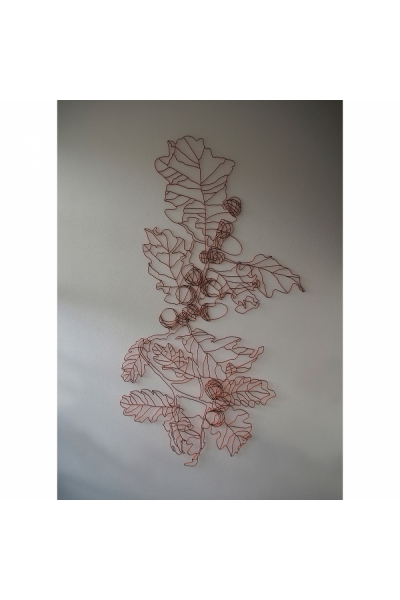
Oak branch
€12.000,00
Petra shows the outer beauty and wonderful mathematics of nature and removes restrictions of scale a.....
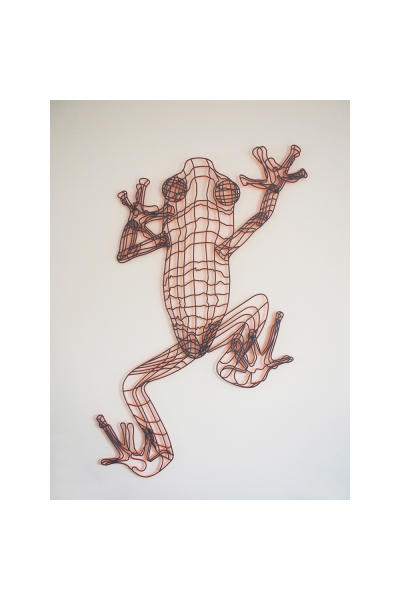
Blue jeans frog
€4.900,00
Petra shows the outer beauty and wonderful mathematics of nature and removes restrictions of scale a.....
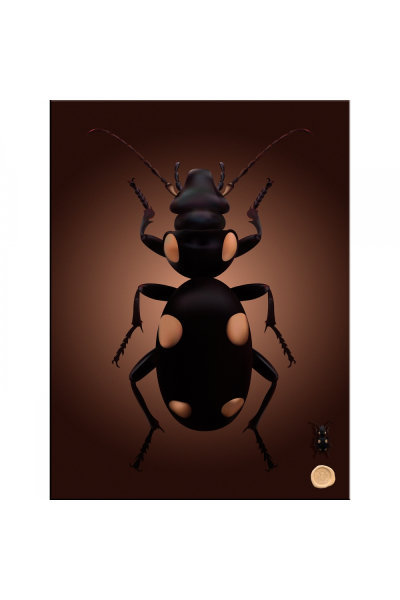
Anthia sexguttata
€2.250,00
Petra shows the outer beauty and wonderful mathematics of nature and removes restrictions of scale a.....
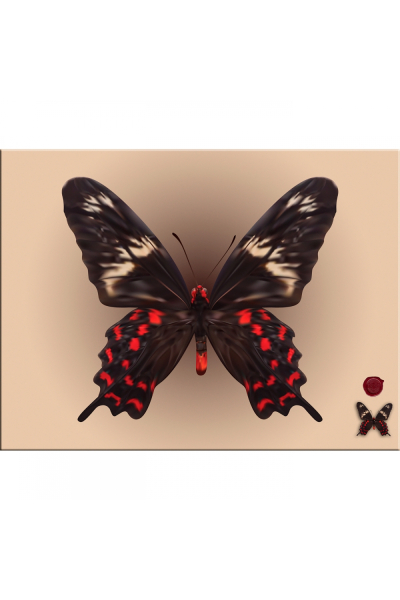
Atrophaneura semperi albofasciata
€1.950,00
Petra shows the outer beauty and wonderful mathematics of nature and removes restrictions of scale a.....

Butterfly
€1.500,00
Petra shows the outer beauty and wonderful mathematics of nature and removes restrictions of scale a.....
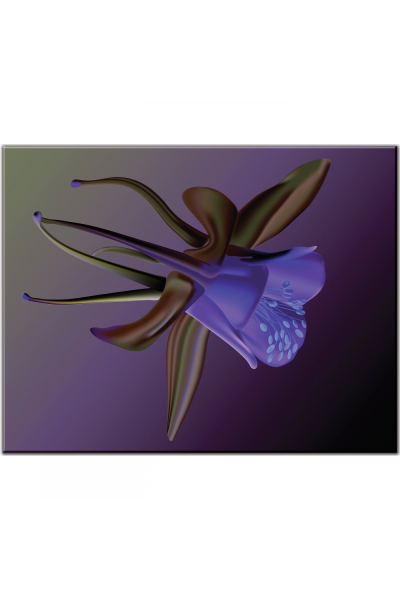
Columbine inverse
€1.500,00
Petra shows the outer beauty and wonderful mathematics of nature and removes restrictions of scale a.....

Diesbachia tamyris
€2.250,00
Petra shows the outer beauty and wonderful mathematics of nature and removes restrictions of scale a.....
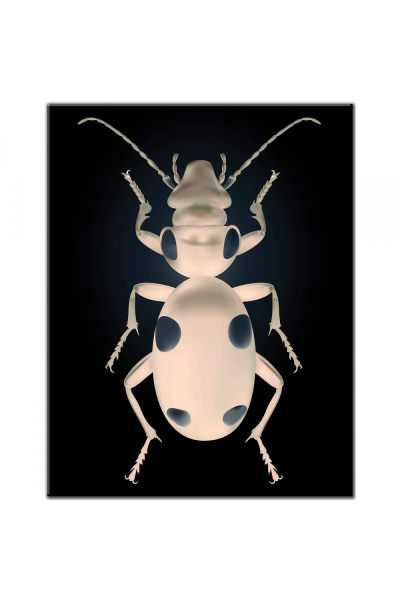
Domino beetle inverse
€1.500,00
Petra shows the outer beauty and wonderful mathematics of nature and removes restrictions of scale a.....
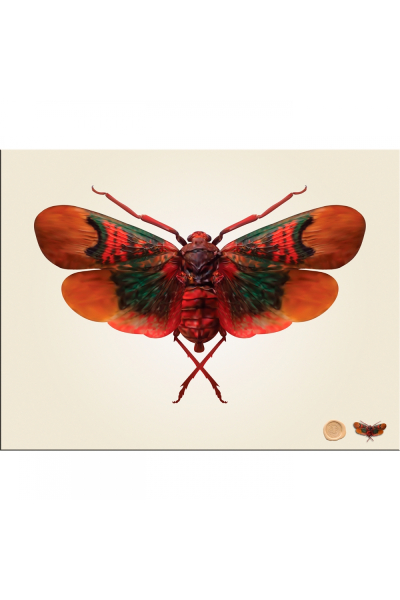
Homoptera scamandra thetis
€1.950,00
Petra shows the outer beauty and wonderful mathematics of nature and removes restrictions of scale a.....
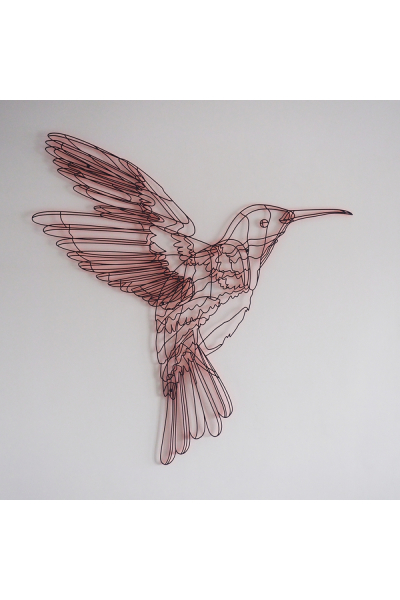
Hummingbird male
€3.600,00
Petra shows the outer beauty and wonderful mathematics of nature and removes restrictions of scale a.....
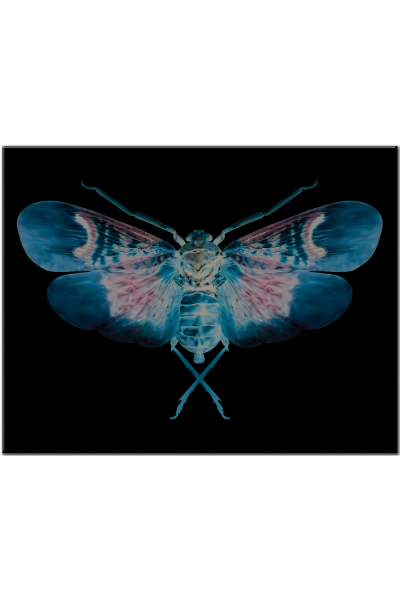
Lantern fly inverse
€1.500,00
Petra shows the outer beauty and wonderful mathematics of nature and removes restrictions of scale a.....
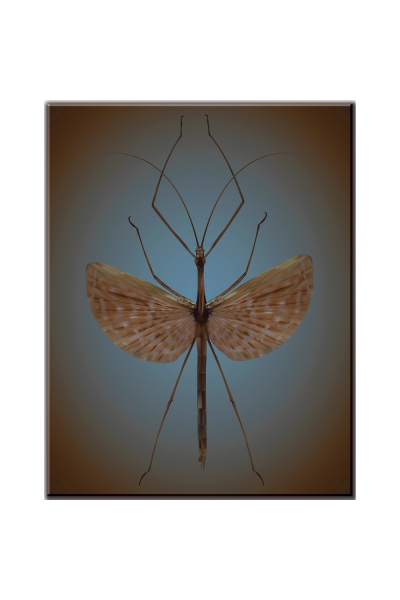
Walking stick
€1.500,00
Petra shows the outer beauty and wonderful mathematics of nature and removes restrictions of scale a.....



